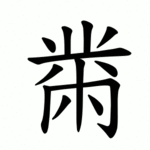
Radical 28 or radical private (厶部) meaning "private" is one of the 23 Kangxi radicals composed of two strokes.
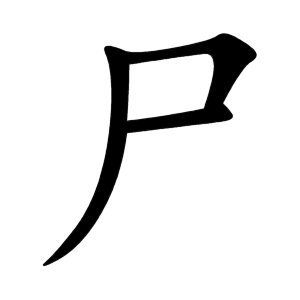
Radical 44 or radical corpse (尸部) meaning "corpse" is one of the 31 Kangxi radicals composed of three strokes.

Radical 62 or radical halberd (戈部) meaning "halberd" or "spear" is one of the 34 Kangxi radicals composed of 4 strokes.

Radical 72 or radical sun (日部) meaning "sun" or "day" is one of the 34 Kangxi radicals composed of 4 strokes.

Radical 81 or radical compare (比部) meaning "compare" or "compete" is one of the 34 Kangxi radicals composed of 4 strokes.

Radical 89 or radical double x (爻部) meaning "trigrams" is one of the 34 Kangxi radicals composed of 4 strokes.
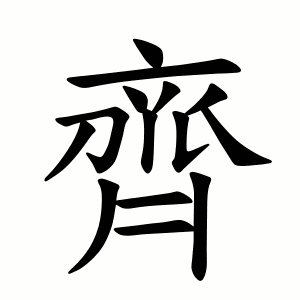
Radical 210 meaning "even" or "uniformly" is 1 of 2 Kangxi radicals composed of 14 strokes.

Radical 208 meaning "rat" or "mouse" is 1 of 4 Kangxi radicals composed of 13 strokes.

Radical 207 meaning "drum" is 1 of 4 Kangxi radicals composed of 13 strokes.
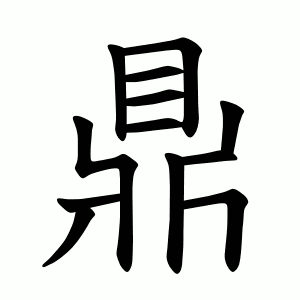
Radical 206 meaning "sacrificial tripod" or "three-legged cauldron" is 1 of 4 Kangxi radicals composed of 13 strokes.
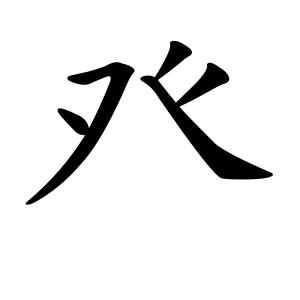
Radical 105 or radical dotted tent (癶部) meaning "footsteps" or "legs" is one of the 23 Kangxi radicals composed of 5 strokes.
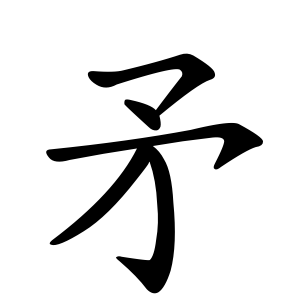
Radical 110 or radical spear (矛部) meaning "spear" is one of the 23 Kangxi radicals composed of 5 strokes.
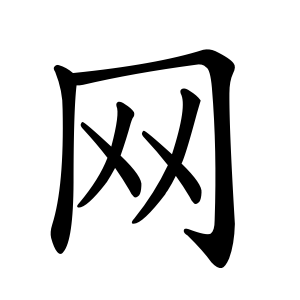
Radical 122 or radical net (网部) meaning "net" is one of the 29 Kangxi radicals composed of 6 strokes. Variant forms of this Kangxi radical include 罒, 罓, and ⺳.

Radical 126 or radical and (而部) meaning "and" or "but" is one of the 29 Kangxi radicals composed of 6 strokes.

Radical 134 or radical mortar (臼部) meaning "mortar" or "joint" is one of the 29 Kangxi radicals composed of 6 strokes.

Radical 136 or radical oppose (舛部) meaning "oppose" is one of the 29 Kangxi radicals composed of 6 strokes.

Radical 144 or radical walk enclosure (行部) meaning "go" or "do" is one of the 29 Kangxi radicals composed of 6 strokes.

Radical 179 or radical leek (韭部) meaning "leek" is one of the 11 Kangxi radicals composed of 9 strokes.
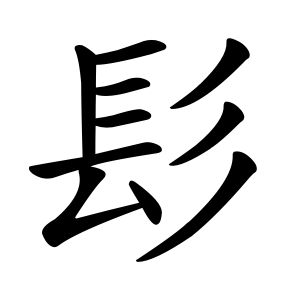
Radical 190 or radical hair (髟部) meaning "hair" is one of the 8 Kangxi radicals composed of 10 strokes.

Radical 200 or radical hemp (麻部) meaning "hemp" or "flax" is one of the 6 Kangxi radicals composed of 11 strokes. Historically, it is the Chinese word for cannabis.
This page is based on this
Wikipedia article Text is available under the
CC BY-SA 4.0 license; additional terms may apply.
Images, videos and audio are available under their respective licenses.
